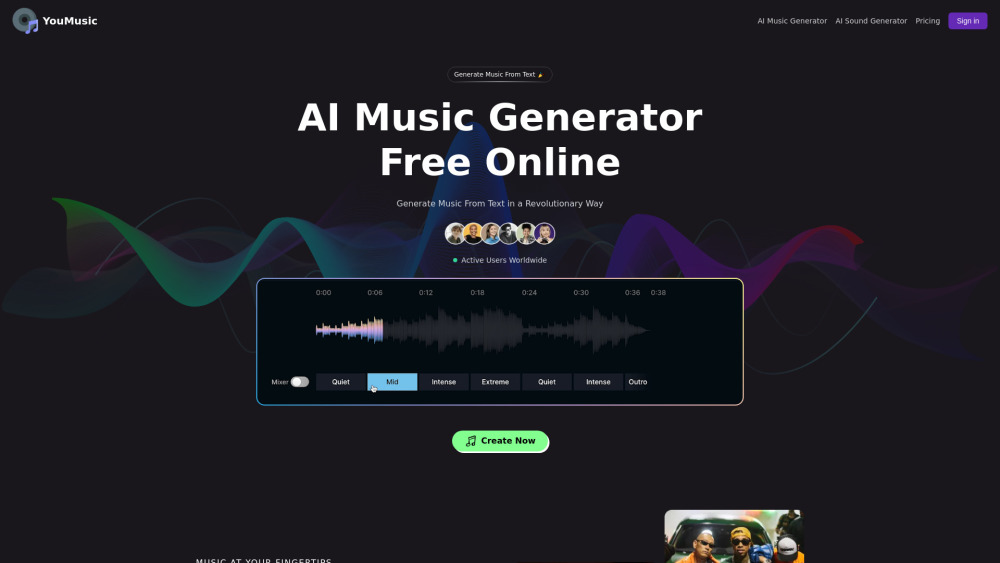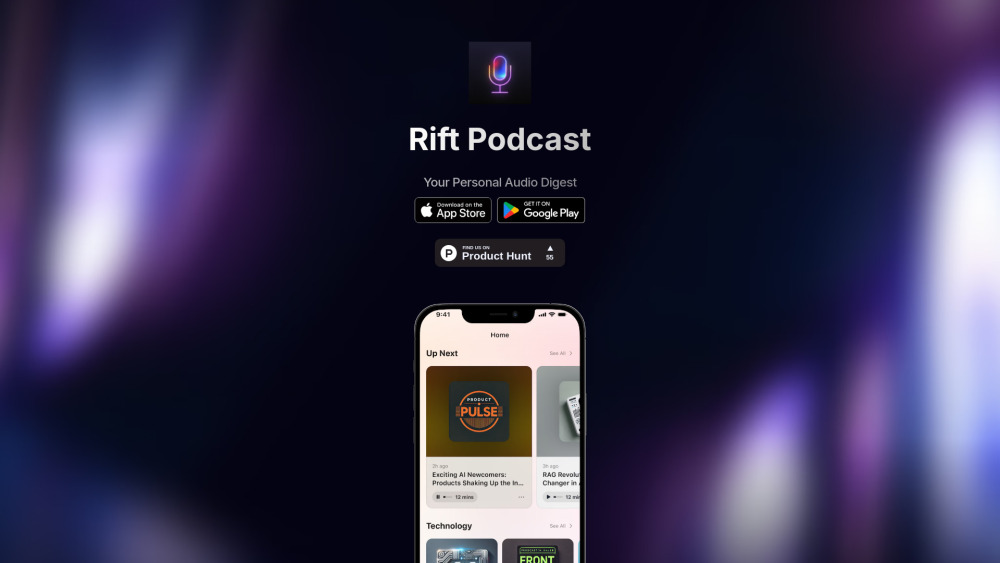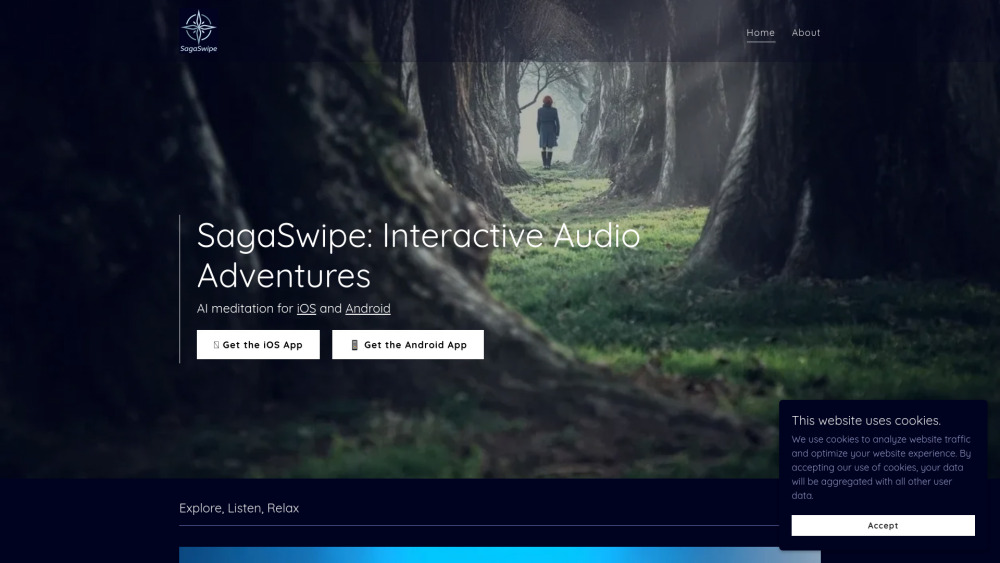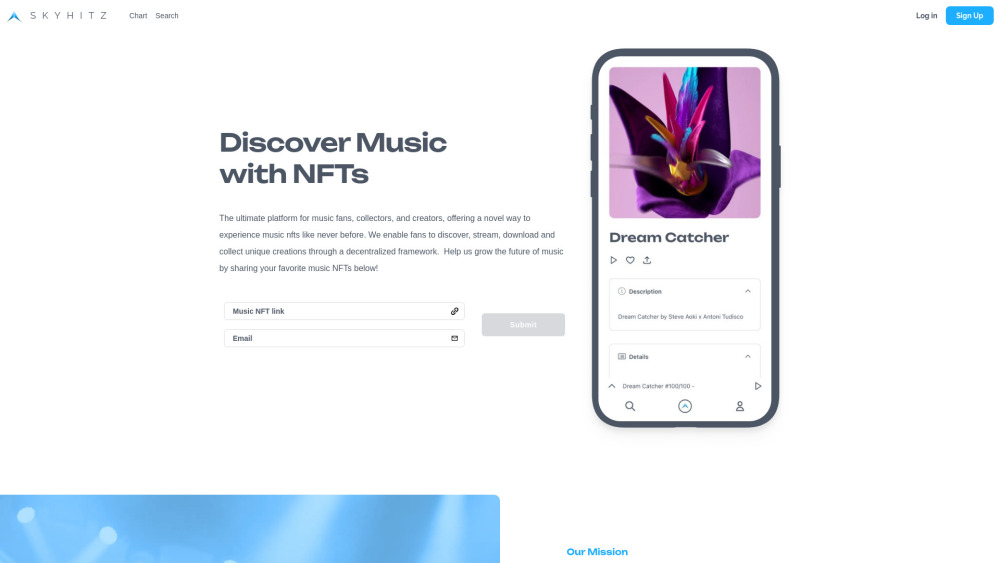MAGNeT - Masked Audio Generation using a Single Non-Autoregressive Transformer
Product Information
Key Features of MAGNeT - Masked Audio Generation using a Single Non-Autoregressive Transformer
Single non-autoregressive transformer, masked generative sequence modeling, novel rescoring method, hybrid version combining autoregressive and non-autoregressive modeling.
Single Non-Autoregressive Transformer
MAGNeT uses a single non-autoregressive transformer to generate high-quality audio, operating directly on multiple streams of audio tokens.
Masked Generative Sequence Modeling
MAGNeT predicts spans of masked tokens during training and gradually constructs the output sequence during inference.
Novel Rescoring Method
MAGNeT uses a novel rescoring method to enhance generated audio quality, leveraging an external pre-trained model to rescore and rank predictions.
Hybrid Version
MAGNeT offers a hybrid version that combines autoregressive and non-autoregressive modeling, allowing for flexible and efficient audio generation.
Restricted Temporal Context
MAGNeT can be trained with restricted temporal context, allowing for more efficient and effective audio generation.
Use Cases of MAGNeT - Masked Audio Generation using a Single Non-Autoregressive Transformer
Text-to-music generation
Text-to-audio generation
Music generation
Audio generation
Speech synthesis
Pros and Cons of MAGNeT - Masked Audio Generation using a Single Non-Autoregressive Transformer
Pros
- Significantly faster (x7) than autoregressive baselines
- Comparable quality to evaluated baselines
- Flexible and efficient audio generation
- Hybrid version combining autoregressive and non-autoregressive modeling
- Restricted temporal context for more efficient training
Cons
- May require large amounts of training data
- May require significant computational resources
- May not be suitable for all types of audio generation tasks
How to Use MAGNeT - Masked Audio Generation using a Single Non-Autoregressive Transformer
- 1
Train MAGNeT on a large dataset of audio samples
- 2
Use the trained model to generate high-quality audio
- 3
Experiment with different hyperparameters and architectures to optimize performance
- 4
Use the hybrid version to combine autoregressive and non-autoregressive modeling
- 5
Restrict temporal context to improve training efficiency







